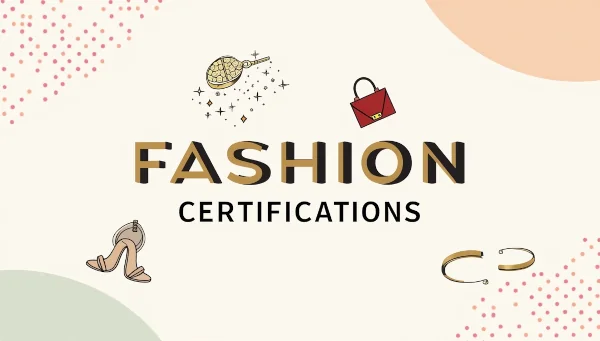Understanding Certification Types
Published on September 30, 2025

← Back to the Complete Guide to Sustainable Fashion Certifications
Understanding Certification Types
Before we dive into specific certifications, it helps to understand that not all labels are created equal. They differ in scope, rigor, and what they actually measure.
The Main Categories
Material-Focused Certifications
These verify what things are made from: organic cotton, recycled polyester, chemical-free dyes. They answer questions like "Is this really organic?" or "Are there harmful chemicals in this fabric?"
Examples: GOTS, OEKO-TEX, Global Recycled Standard
Process-Focused Certifications
These look at how things are made: water usage, energy consumption, emissions, waste management. They focus on environmental impact during production.
Examples: Bluesign, Cradle to Cradle
Labor-Focused Certifications
These verify working conditions: fair wages, safe factories, reasonable hours, the right to organize. They answer "Were the people who made this treated fairly?"
Examples: Fair Trade, Fair Wear Foundation, SA8000
Animal Welfare Certifications
These ensure humane treatment of animals and traceability of animal-derived materials like wool, down, and leather.
Examples: Responsible Wool Standard, Responsible Down Standard, Leather Working Group
Holistic Business Certifications
These evaluate entire companies across multiple dimensions: environmental impact, social responsibility, governance, and transparency.
Examples: B Corporation, Climate Neutral
Certification vs. Membership vs. Self-Assessment
Here's where things get tricky. Not everything with a logo is an actual certification:
| Type | What It Means | Verification Level | Example |
|---|---|---|---|
| Certification | Company/product meets specific standards verified by independent audits | High | GOTS, Fair Trade Certified |
| Membership | Company pays to join organization, may have standards but lighter verification | Medium | Some industry associations |
| Self-Assessment | Company rates itself against internal or external frameworks | Low | Many "sustainable collections" |
| Marketing Term | Unregulated buzzword with no verification | None | "Eco-friendly," "conscious" |
This distinction is crucial. A membership shows intention; a certification shows verification. And unregulated marketing terms? They can mean absolutely anything—or nothing.
Understanding Scope and Levels
Certifications also differ in what they cover:
- •Product-level: This specific item meets standards
- •Facility-level: This factory meets standards (but not necessarily all company factories)
- •Company-level: The entire business meets standards
Some certifications also have tiers:
- •WRAP: Platinum, Gold, Silver based on audit frequency and factory size
- •Cradle to Cradle: Basic, Bronze, Silver, Gold, Platinum based on achievement
- •GOTS: "Organic" (95%+) vs. "Made with Organic" (70-94%)
Pay attention to these details. "Made with organic cotton" means something different than "organic cotton." A gold-level certification is more rigorous than bronze.
The Audit System 101
Most legitimate certifications involve:
- •Initial assessment: Company applies and submits documentation
- •On-site audit: Inspectors visit facilities, interview workers, review records
- •Certification decision: Pass or fail based on meeting minimum standards
- •Ongoing surveillance: Regular re-audits (usually annual)
- •Corrective action: If issues are found, company has time to fix them
The rigor of this process varies. Some certifications do unannounced audits; others schedule in advance. Some interview workers privately; others don't. Understanding these differences helps you gauge how much weight to give different certifications.